21 February 2025
When it comes to making our homes more sustainable, we often think about solar panels, energy-efficient appliances, or better insulation. But have you ever looked up and thought about what sits on top of your house? That's right—the roof. And not just any roof, but a green roof.
Green roofs aren’t a new concept, but they’re definitely gaining a lot of attention in eco-conscious circles. They’re beautiful, practical, and a fantastic way to live more harmoniously with the environment. But, like any big decision, installing a green roof comes with its share of benefits and things to think about. So, let’s dig in (pun intended) and unpack everything you should know about green roofs. 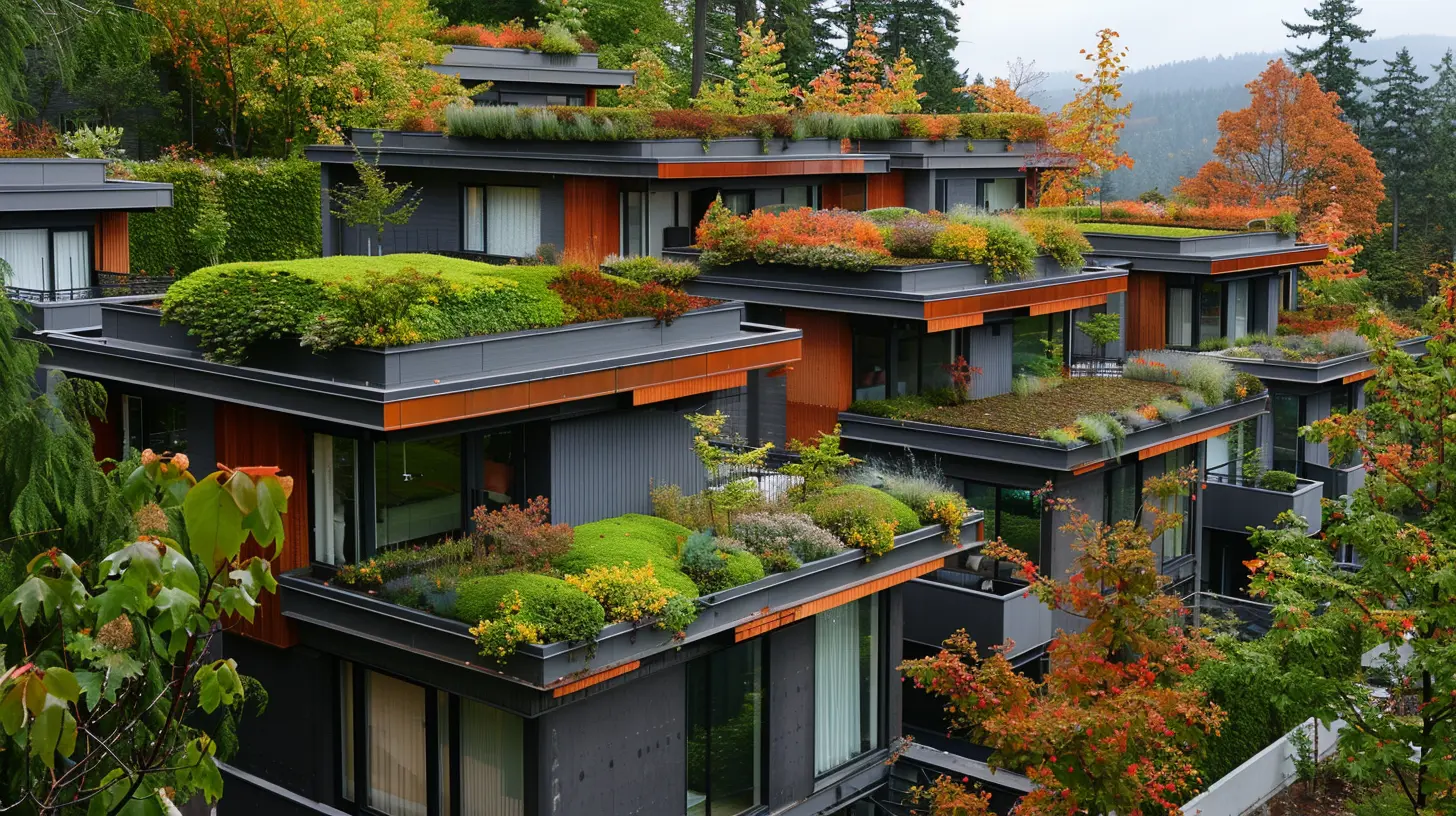
What Is a Green Roof?
Before we jump into the nitty-gritty, let’s make sure we’re on the same page. A green roof is essentially a roof that’s been covered—partially or completely—with vegetation. Think of it as a garden for your rooftop.But don’t imagine simply tossing dirt and plants onto your shingles and calling it a day. Green roofs are carefully designed systems that typically include layers for drainage, waterproofing, and root protection. There are two main types:
1. Extensive Green Roofs: These are lighter and low-maintenance, with a thin layer of soil and hardy plants like succulents or mosses. Think of them as the “set-it-and-forget-it” type.
2. Intensive Green Roofs: These are like full-fledged rooftop gardens, with deeper soil that can accommodate shrubs, flowers, or even small trees. They’re heavier and require more maintenance but open the door to creative landscaping. 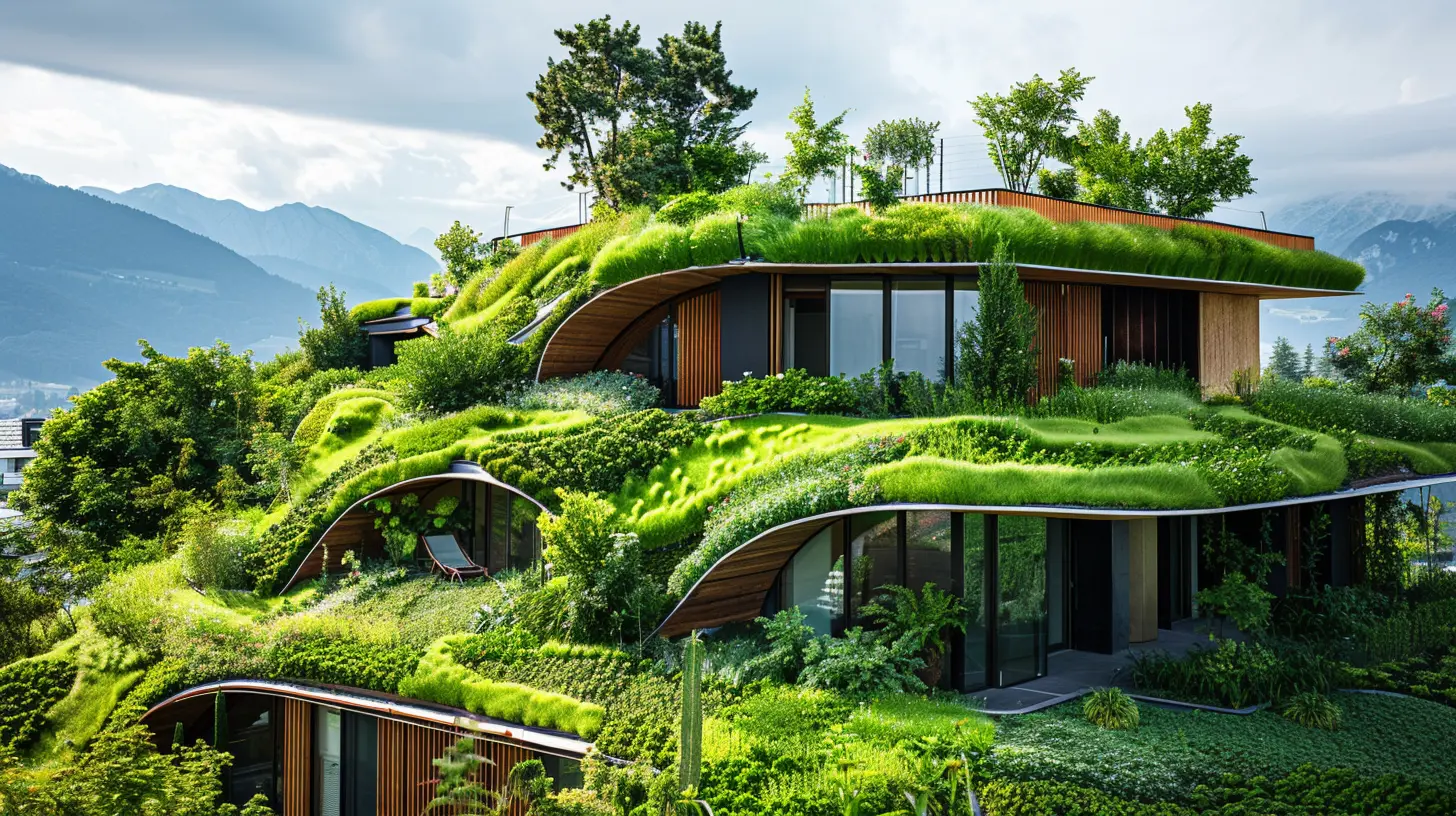
The Benefits of Green Roofs
Why would someone go through the trouble of transforming their roof into a lush, green escape? Well, let me count the ways.1. Reduces Urban Heat Island Effect
Ever notice how cities feel way hotter than the countryside? That’s because buildings, roads, and pavement soak up heat like they’re sunbathing on a tropical beach. This is called the urban heat island effect, and it makes cities unnecessarily warm.Green roofs act like a natural air conditioner for cities. The plants absorb sunlight instead of trapping it and help lower temperatures. In fact, a city with more green roofs could feel noticeably cooler—both for the people and the planet.
2. Improves Energy Efficiency
Let’s talk about your electricity bill. A typical roof can get scorching hot in the summer, which means your air conditioning has to work overtime. Green roofs, on the other hand, provide excellent insulation.They help keep your home cooler in the summer and warmer in the winter by acting as a natural barrier. Think of it like putting a cozy blanket on your house in the winter and a sun umbrella in the summer. Less energy used means lower bills and a smaller carbon footprint.
3. Manages Stormwater
Traditional roofs are like a slip n’ slide for rain. Water hits the roof and rushes straight to the ground, often overwhelming storm drains and causing flooding. Green roofs, however, are like sponges—they absorb rainwater and release it more slowly.This helps reduce runoff, which is a big deal in urban areas where flooding can be a nightmare. Plus, it can improve water quality since plants naturally filter out pollutants.
4. Boosts Biodiversity
Think about all the concrete and steel in a city—where’s a bird supposed to hang out? Or a bee?Green roofs create mini ecosystems for wildlife. Bees, butterflies, birds, and other critters can call your rooftop home, helping to keep urban biodiversity thriving. It’s like turning your house into a tiny nature reserve.
5. Extends Roof Lifespan
Believe it or not, a green roof can help protect the actual structure underneath it. By shielding the roof from UV rays, temperature fluctuations, and harsh weather, the layers of greenery extend the lifespan of your roof.So while the upfront cost may feel steep, it could save you money in the long run because you won’t need to replace your roof as often.
6. Adds Aesthetic Appeal and Property Value
Let’s face it—green roofs look amazing. They stand out in the sea of gray and black rooftops, adding character and beauty to your home.But it’s not just about appearances. A well-designed green roof can increase your property value. People are willing to pay more for homes and buildings that are eco-friendly and visually stunning. It’s a win-win. 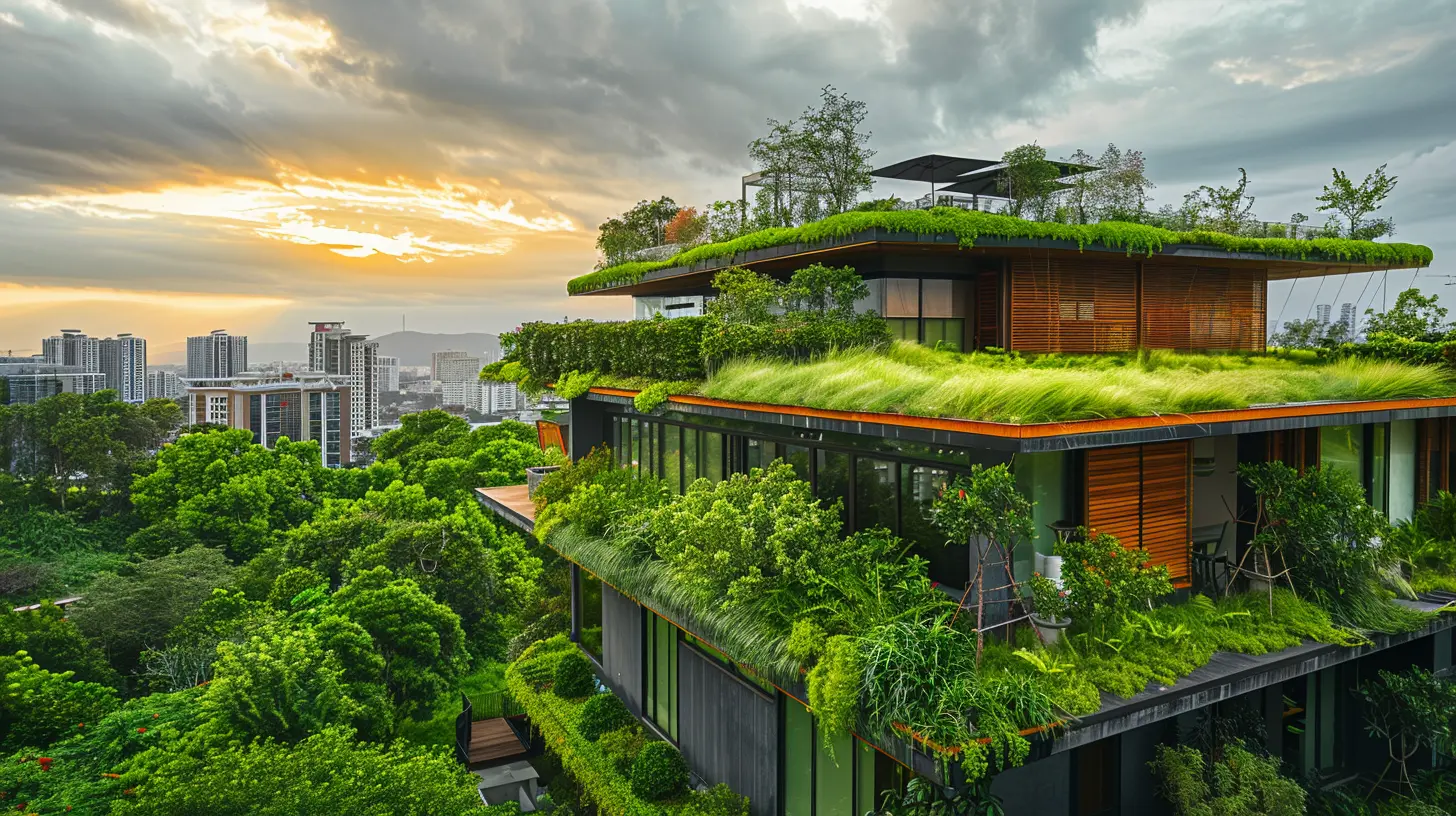
Considerations Before Installing a Green Roof
Alright, before you grab a shovel and start planting, let’s talk about some of the things you’ll need to consider. Green roofs are awesome, but they’re not for everyone—and that’s okay.1. Structural Support
First things first: is your house up for the challenge? Green roofs are heavier than traditional ones, especially when they’re soaked with water. You’ll need to make sure your structure can handle the added weight.This could mean consulting a structural engineer or reinforcing your roof, which can add to the overall cost.
2. Initial Costs
Speaking of cost, green roofs aren’t exactly cheap. The design, materials, installation, and potential structural upgrades can add up quickly. Extensive green roofs are usually less expensive than intensive ones, but even the budget-friendly options can still sting.That said, you’ll likely save money over time through energy savings and a longer-lasting roof. But it’s still something to keep in mind upfront.
3. Maintenance
Green roofs require maintenance—there’s no getting around it.Extensive green roofs are relatively low-maintenance, but you’ll still need to check for weeds, ensure proper drainage, and make sure the plants are healthy. Intensive green roofs are a whole other story; think of them more like a garden that needs regular care.
If you don’t have a green thumb or the time, you might need to hire someone to help with upkeep.
4. Climate and Plant Selection
Not every plant will thrive on a green roof. You’ll need to choose vegetation that fits your local climate, the depth of your soil, and the amount of sunlight your roof gets.For instance, if you live in a dry area, drought-resistant plants like succulents might be the way to go. Meanwhile, wet climates might benefit from grasses or mosses.
5. Building Codes and Regulations
Here’s a buzzkill—you might not actually be allowed to install a green roof. Some areas have strict building codes or zoning regulations, so be sure to check with your local authorities before getting too excited.It’s better to know upfront than to install a green roof and later find out it’s not compliant. 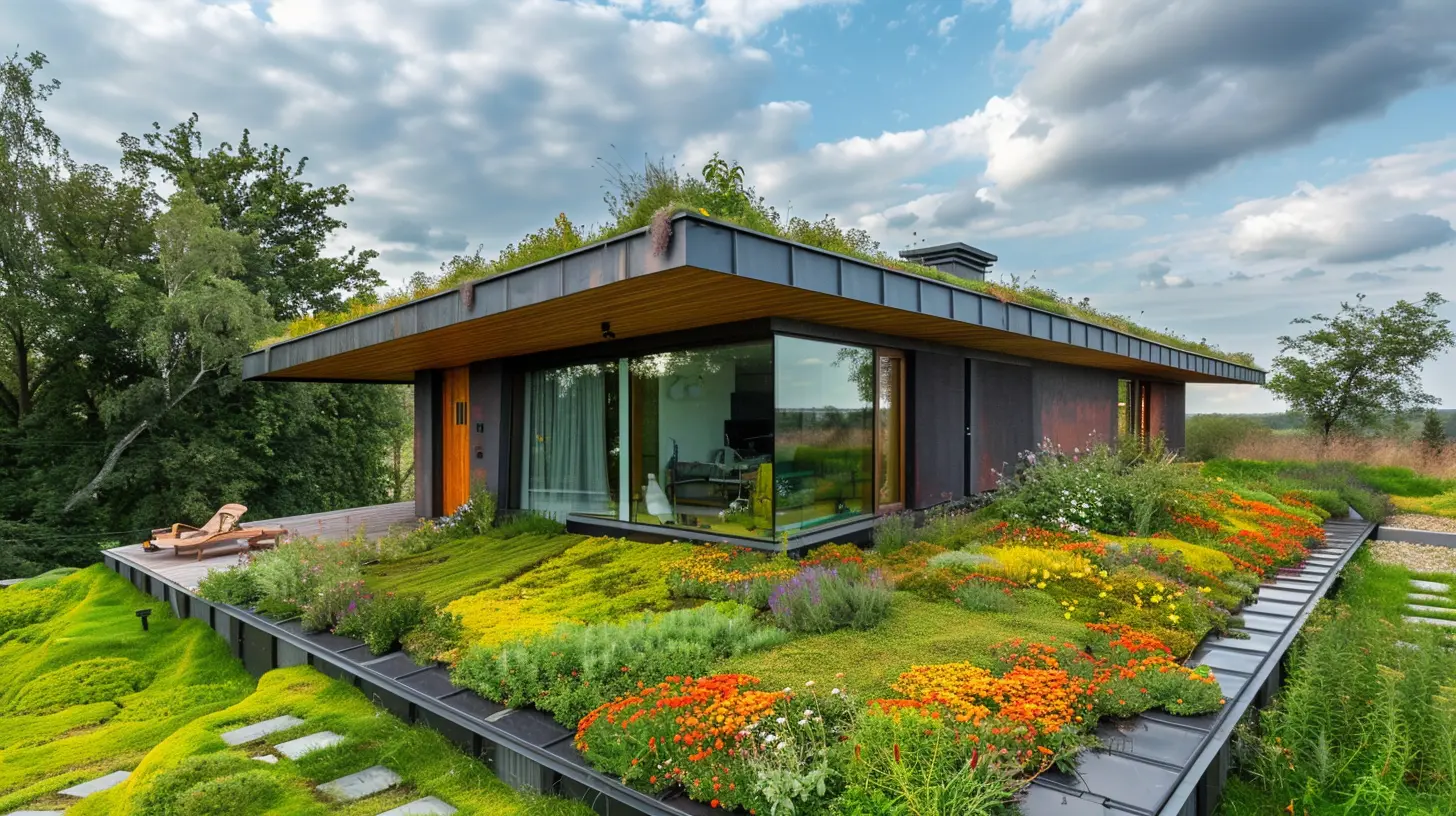
Is a Green Roof Right for You?
So, is a green roof the perfect addition to your eco-friendly lifestyle? That depends. If you’re looking to reduce your carbon footprint, improve your home’s energy efficiency, and add some serious curb appeal, it might just be the way to go.However, it’s not a decision to take lightly. You’ll need to account for factors like cost, maintenance, and whether your home can handle the extra weight.
Green roofs are an investment in the future—not just for your own home, but for the planet. They’re a tangible step toward a greener, more sustainable world. And if you ask me, that’s a step worth taking.
Final Thoughts
Green roofs are one of those rare solutions that check all the boxes: they’re good for the environment, good for your wallet in the long run, and undeniably cool. Whether you’re trying to live a more eco-friendly lifestyle, cut down on energy costs, or just have a unique space to enjoy, a green roof could be the answer you’re looking for.Sure, there are challenges to consider, but when done right, a green roof is more than just an upgrade to your home—it’s a statement of hope for a more sustainable future.

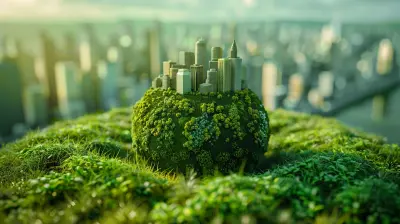

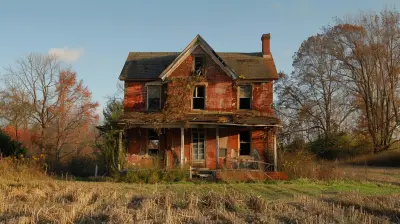
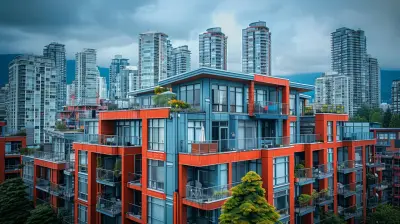
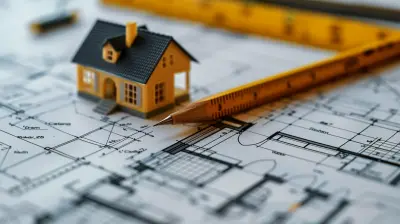
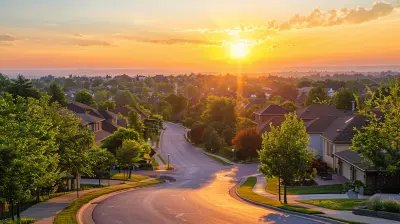
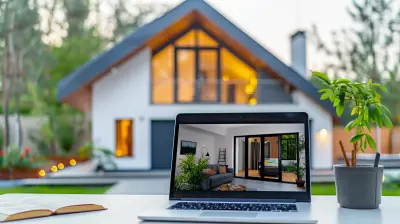
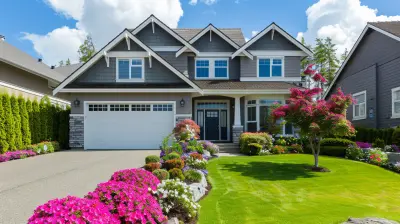
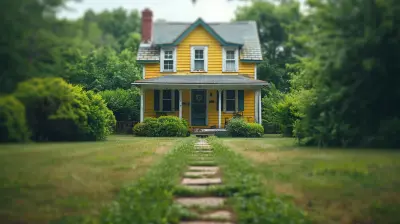
Flora Allen
Oh sure, who wouldn’t want to water their roof garden while dodging the neighborhood squirrels? Eco-friendly living has never sounded so thrilling!
April 6, 2025 at 9:00 PM